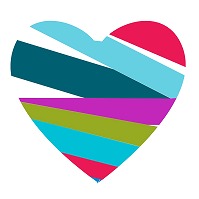We’re rounding out NIAW. I was hoping to bring some personal stories about infertility up this week. Between traveling, my master’s capstone, and other people living their lives and dealing with their illnesses, that didn’t happen.
In lieu of those, here is a roundup of articles and pieces on fertility:
USA TODAY Partners with RESOLVE to Heighten Infertility Awareness
Infertility Awareness Week Reminds Us That 48.5 Million Couples Worldwide Need Fertility Help
National Infertility Awareness Week: A Chance To Support Those Facing Infertility
Infertility: When adoption is not an option
IVF versus adoption: Why ‘just adopt’ is not the answer
Please, Stop Telling Infertile Couples to “Just Adopt”
Arab Americans, African Americans, and infertility: barriers to reproduction and medical care
Is male infertility a social blindspot?
What “Avengers” got right about Black Widow: Infertility is devastating — even for superheroes
Most Men Know Surprisingly Little About Their Own Fertility
Fertility options for transgender persons
22 Things You Should Know About Fertility
20 Things Transgender People Might Want To Know About Fertility














